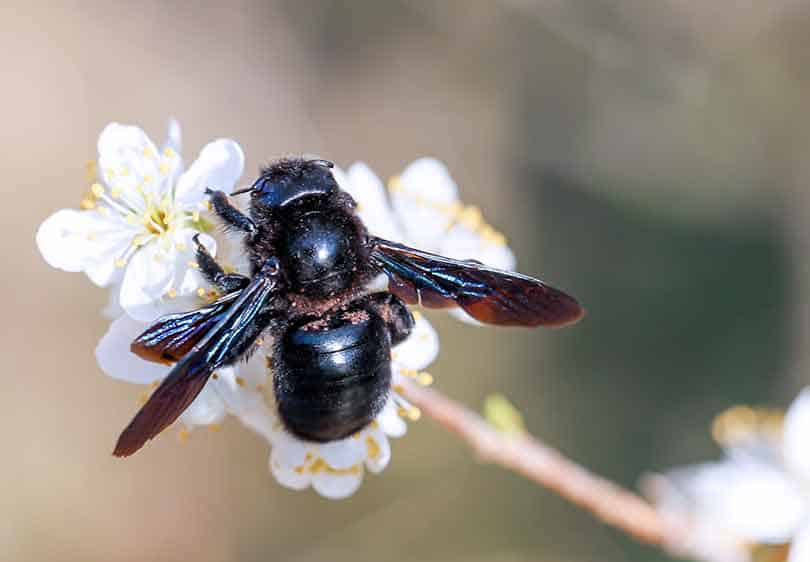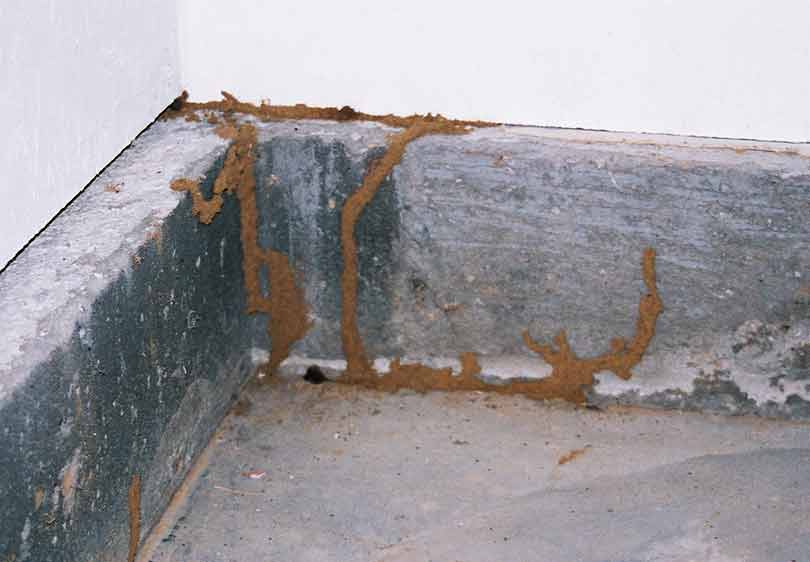Techniques in Vole Control Utah: What Works Best?
Techniques in Vole Control Utah: What Works Best?
Blog Article
Comprehensive Pest Control Solutions to Combat Vole Infestations
By using a mix of recognition, habitat, capturing, and exemption modification techniques, expert bug control services can offer a customized option to deal with vole infestations. The vital lies in executing a well-rounded plan that not just removes existing voles but also develops long-lasting control steps to secure against future invasions.
Vole Identification and Inspection
Voles, small rodents looking like computer mice however with much shorter tails, are frequently discovered in lawns and yards, making precise recognition crucial for efficient pest control procedures. These insects can create substantial damage to greenery and plants, making prompt activity important in minimizing prospective losses. When checking for voles, seek their characteristic paths, burrow openings, and gnawed plant origins. best vole pest control. Vole runways are generally situated on the surface of the ground and are produced as they take a trip back and forth between their burrows and food resources. Burrow openings are tiny, about 1-2 inches in diameter, and bring about underground tunnels where voles nest and seek shelter. Chomped plant origins are another indicator of vole task, showing their presence and possible damages to greenery. By properly recognizing these signs, parasite control professionals can tailor their approaches to effectively manage vole invasions and shield gardens and lawns from further damage.

Capturing and Elimination Methods
Effective pest control techniques for taking care of vole invasions usually include employing specialized capturing and removal methods. Capturing is a widely utilized technique to catch voles and move them far from residential properties. Live catches, such as box traps or tube traps, are commonly utilized as they enable the risk-free capture of voles without triggering injury. These catches are strategically put in vole runways or near burrow entrances to enhance the opportunities of effective capture.
When establishing traps, it is important to ensure they are put correctly and baited with vole-preferred food resources like peanut butter, seeds, or fruits. Regularly inspecting the catches is vital to quickly eliminate captured voles and avoid distress or harm to the animals. Once trapped, voles should be transferred to suitable habitats much from human houses to stay clear of re-infestation.
Furthermore, exclusion techniques, such as mounting obstacles or secure fencing underground, can help deter voles from accessing specific locations. Appropriate disposal of captured voles and consistent surveillance of vole activity are essential parts of an effective capturing and removal approach in vole infestation management.
Exemption and Barrier Methods

To efficiently apply exclusion and obstacle methods, a complete assessment of the building is important to identify vole task and prospective entry factors. By addressing these susceptabilities and carrying out targeted exclusion and barrier measures, homeowner can considerably lower the danger of vole problems. Routine maintenance and surveillance are important to ensure that obstacles continue to be effective and undamaged in deterring voles from accessing prone areas. Eventually, a mix of trapping, removal, and aggressive exclusion procedures can help successfully take care of vole populations and shield buildings from invasions.
Habitat Modification and Avoidance
To mitigate vole invasions, habitat alteration and avoidance techniques concentrate on altering the atmosphere to prevent vole habitation. One efficient method is minimizing the accessibility of food sources by maintaining yard trimmed short, removing weeds and particles, and maintaining a clean backyard. Voles are brought in to locations with thick plant life and mess, so producing open areas can aid hinder them from settling in the location. In addition, lowering excess dampness by taking care of leaking pipelines, making certain correct drain, and eliminating standing see this water can make the atmosphere less hospitable for voles.
Including obstacles like crushed rock borders or cable mesh underground can likewise protect against voles from burrowing right into lawns or yards. By executing these environment alterations and avoidance measures, property owners can proactively minimize the threat of vole problems and protect their outside areas from damage.
Tracking and Follow-Up Strategies

Follow-up approaches include reviewing the dealt with areas to look for any signs of vole activity. Checking terminals, catches, and aesthetic assessments are generally used techniques to assess the success of the parasite control actions. By routinely inspecting these areas, insect control specialists can rapidly identify any type of renewal of vole task and take proactive steps to deal with the problem before it escalates.
Furthermore, recording the outcomes of surveillance and follow-up activities is crucial for tracking the progression of vole infestation control in time. These records assist in determining patterns, reviewing the performance of different control techniques, and making notified choices for future pest administration strategies. Regular follow-up treatments not just aid in preventing vole re-infestations but also contribute to the overall success of pest control efforts.
Final Thought
To conclude, comprehensive bug control solutions are important for effectively combating vole problems. By checking and determining vole populations, implementing capturing and elimination methods, utilizing exclusion and obstacle techniques, modifying environments, and implementing monitoring and follow-up strategies, homeowner can successfully manage and prevent future problems. It is vital to resolve vole infestations promptly to avoid damages to building and prospective health dangers.
By using a combination of identification, environment, capturing, and exclusion alteration methods, specialist bug control services can use a tailored option to combat vole invasions (vole control service). By properly recognizing these indicators, bug control specialists can tailor their techniques to efficiently take care of vole infestations Read Full Article and safeguard yards see here and yards from additional injury
Reliable pest control methods for taking care of vole infestations typically entail employing specialized trapping and elimination strategies.To reduce vole infestations, habitat alteration and prevention techniques focus on changing the atmosphere to discourage vole habitation.Regular surveillance and follow-up treatments are vital in keeping vole problem control procedures and guaranteeing long-lasting success in insect administration.
Report this page